- It’s steeper here. It’s sharp. It’s not intense,
when the depth of cut is higher, the less bright side is more resistant to impact
When the depth of cut is small, it has sharp corners here; there are cut pieces, it is more suitable for finishing, also can adapt to the part of the rough processing
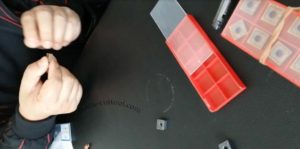
- If the cutting depth is small and the feed is significant, it goes from the side; it goes from the opposite direction of the movement of the workpiece,
- When the work was cast iron, were not you suspended
And then the cast iron, the cutting force is only concentrated on the tip of the knife, so you’ll get a wobble
So that the plate doesn’t hang, it’s more stable, and the tip of the knife is more durable, so it doesn’t wobble down.
It cast iron is a flat thing, when your iron shavings hit, one is rushed to the plane, and one rushed to the tip of the knife;
If it hits the tip of the blade, it’ll snap right off
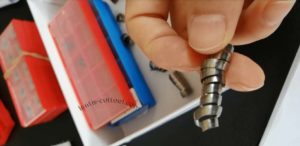
If it is a flat plate, it can not break off, excellent support, hard, impact resistance
When the workpiece is cast iron, it is a flat plate
- When the knife comes like this, lean against it, and it will be chamfered,
he comes in this way as a cross-section, this way as an outside circle, and this place as a Chamfer.
The outside circle may also cut, but does not have this Chamfer to be quick; Chamfer is to lean against to end.

That’s how the chamfering comes straight through
Chamfering is just a snap, and it’s over
Chamfering may be out of the car can also be directly into the inside of the rolling out.
This is a chip breaker. When the iron chips come in here, they’re blocked, they go up, not sideways
- 45-degree angle is this angle, cutting edge and cutting direction is a 45-degree angle
- Is this a zero? No tilt, no back angle
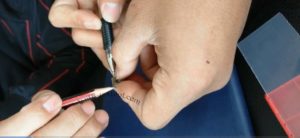
Kill. Two pressures on the front face
Same on the back end
The back end is also elastic and plastic
What is elasticity? The elasticity of our entire process steel, on the toolbar, on the machine tool, on the Jig, all of these have the elasticity
The material itself is elastic as well as plastic
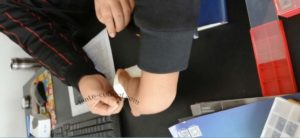
- That’s why we have to be specific
In this case, the steel is strong enough to cut it off
What about the middle part? This side goes in, this site doesn’t cut, this side bounces back, so this side is a drum
Here, uh, the rigidity is OK. Due to the high temperature of the knife bar, I lengthened the knife bar, stuck it inside, and sliced the inside
Also, the rake angle at the tip is more abundant, so when it’s turned, it doesn’t hit the side blade
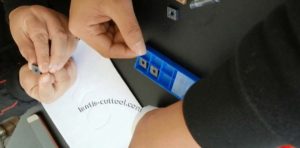
- At the edge of it, a layer formed between the substrate and our coating
Is a uniform slope, is a typical back end wear
Flank wear, caused by temperature, pressure
And then there’s the impact, the abrasion impact
We can explain from another way back end wear, the unit time I hit you more times, does not also wear faster

So what do we want to reduce back end wear?
Reduce its speed, reduce its feed, reduce the amount of feed
If I decrease the depth of cut, will the effect be noticeable?
Kill. See, it came this way, it was steeper, and he blocked him,
this whole thing led him right to it
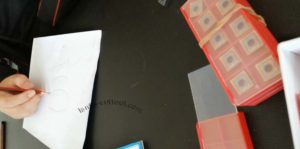
It circulates very well
This is, uh, soft, sticky material
If that’s not enough to understand, let’s look at life, where we want the water to flow

Leave A Comment